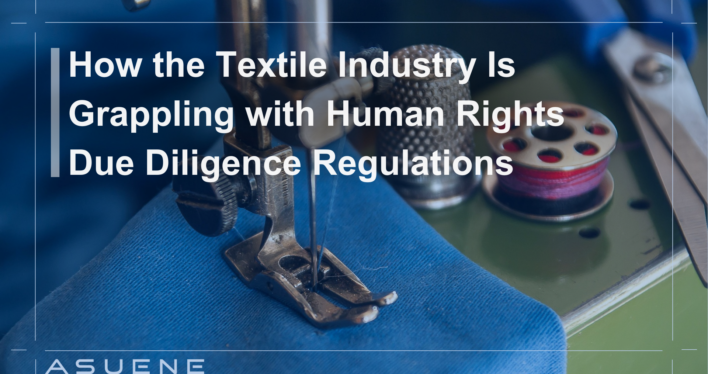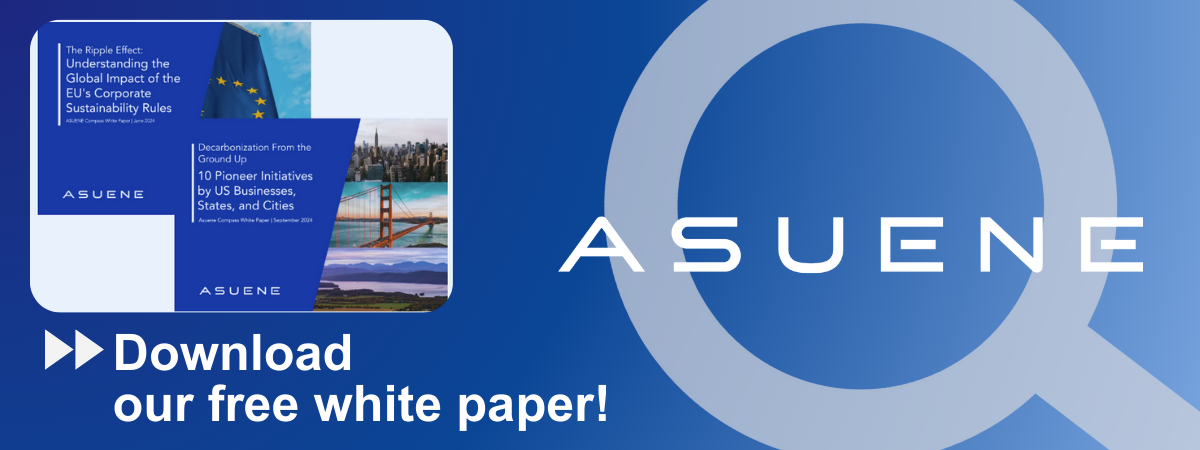- Article Summary
-
Overview: A New Era of Accountability in Fashion
The global textile industry, long plagued by opaque supply chains and labor rights violations, is undergoing a seismic regulatory shift. At the heart of this transformation is the rise of mandatory Human Rights Due Diligence (HRDD) laws; legal frameworks that demand companies identify, mitigate, and prevent human rights abuses across their operations and supply chains. As 2025 unfolds, brands are no longer just being judged by their profits or aesthetics but by their ethical and legal accountability.
This movement reflects a broader shift in stakeholder expectations. Consumers are demanding ethical sourcing, investors are scrutinizing ESG metrics, and regulators are stepping in to ensure accountability. With global scrutiny intensifying, due diligence has moved from a voluntary best practice to a baseline requirement for responsible business conduct.
This article explores how the textile industry is navigating HRDD requirements in the European Union (EU), Germany, France, and the United States. We’ll assess the legal demands, practical implications, and how global fashion brands from luxury to fast fashion are adapting.
The Legal Landscape: CSDDD, LkSG, and Beyond
EU Corporate Sustainability Due Diligence Directive (CSDDD)
Finalized in 2024 and set for phased implementation starting in 2027, the CSDDD is the EU’s flagship legislation. It requires companies to integrate due diligence into corporate policies, identify actual and potential human rights impacts, prevent and remediate adverse effects, and monitor and communicate their effectiveness. The directive applies to EU companies with more than 1,000 employees and annual turnover exceeding €450 million, as well as non-EU companies with equivalent business activities within the EU.
Germany’s Supply Chain Due Diligence Act (LkSG)
Effective since 2023, this legislation mandates companies to analyze risks associated with direct suppliers, establish risk management systems, implement whistleblower and grievance mechanisms, and report annually. Although currently targeting companies with over 1,000 employees, the scope could broaden under EU harmonization efforts.
France’s Duty of Vigilance Law (2017)
This pioneering HRDD law compels large French companies to draft and implement a vigilance plan addressing human rights, health and safety, and environmental risks. Companies failing to comply may face civil lawsuits and be held liable for damages.
United States: Sectoral and State-Level Movements
While the U.S. lacks a federal-level HRDD mandate, it enforces stringent sector-specific laws such as the Uyghur Forced Labor Prevention Act (UFLPA), which prohibits imports presumed to involve forced labor from Xinjiang, China. Additionally, emerging state initiatives like the New York Fashion Act aim to introduce HRDD requirements for large fashion retailers, demanding transparency and accountability in their supply chains.

Challenges in Implementation: From Mapping to Monitoring
Global textile supply chains are notoriously complex, involving multiple tiers, subcontractors, and informal labor. Implementing HRDD faces key hurdles. Many brands lack visibility beyond Tier 1 suppliers, making it difficult to monitor and address abuses further down the chain. Labor conditions are often underreported, especially in high-risk zones where political or logistical barriers hinder access to accurate data. Cultural and political barriers, such as limited auditing access in regions like Xinjiang, Myanmar, or Ethiopia, further complicate due diligence. Cost and capacity issues also present challenges, particularly for smaller brands that lack the resources and infrastructure to implement thorough compliance systems.
Moreover, the lack of harmonized standards across jurisdictions creates uncertainty, especially for multinational companies. This regulatory fragmentation forces businesses to adapt to multiple, sometimes conflicting, legal expectations, increasing both complexity and cost.
Case Example: H&M and Zara have invested in digital mapping tools and on-the-ground audits but face criticism over alleged indirect ties to forced labor in China. Meanwhile, Shein’s opaque supply chain has drawn scrutiny from U.S. customs and EU regulators.
How the Industry Is Responding
Forward-looking fashion brands are adopting several strategies to align with HRDD expectations.
Traceability is emerging as a cornerstone of compliance. Brands are investing in digital platforms such as TrusTrace, TextileGenesis, and Sourcemap to map their supply chains beyond Tier 1, enabling visibility into raw material origins and labor conditions. This transparency is essential for identifying potential human rights risks and demonstrating due diligence to regulators and investors alike.
In parallel, there is growing emphasis on empowering workers within supply chains. Companies are deploying digital worker voice tools such as mobile feedback systems, anonymous surveys, and hotline services to collect firsthand insights into factory conditions. These mechanisms not only support grievance redress but also allow brands to monitor labor dynamics in real time, supplementing traditional audits.
The development of formal grievance mechanisms is also expanding. These mechanisms, aligned with the UN Guiding Principles on Business and Human Rights, are being adapted to meet specific regulatory standards such as Germany’s LkSG and the EU’s forthcoming CSDDD. For example, several European retailers have partnered with NGOs and multi-stakeholder initiatives to manage independent grievance channels that operate across sourcing countries.
Industry-wide collaboration is another critical area of response. Brands are joining platforms like ACT (Action, Collaboration, Transformation), the Fair Wear Foundation, and the OECD Garment and Footwear Forum to harmonize approaches and share data. These partnerships help pool resources and strengthen collective leverage over suppliers, particularly in jurisdictions where local regulation or enforcement is weak.
Finally, many companies are training their procurement and compliance teams to integrate HRDD principles into daily decision-making. From vendor selection to sourcing contract clauses, human rights metrics are becoming embedded in business workflows, marking a shift from compliance as a legal obligation to a strategic business practice.
The Risks of Non-Compliance
Failure to meet HRDD requirements exposes textile companies to significant risks. Legal consequences may include regulatory fines, trade restrictions, and lawsuits brought under national laws. In the United States, customs authorities may seize shipments suspected of being linked to forced labor, especially under the enforcement of the UFLPA. Investors are also increasingly scrutinizing HRDD adherence, integrating these metrics into ESG risk assessments that influence capital allocation and shareholder engagement. Beyond financial and legal ramifications, companies face reputational damage from media investigations, activist campaigns, and consumer backlash, which can lead to long-term erosion of brand trust and market share.
Additionally, non-compliance can result in supply chain disruptions, loss of market access, and exclusion from public procurement contracts in the EU. As regulators become more assertive, and digital tools improve enforcement, companies that lag behind risk becoming uncompetitive.
Case in Point: In 2023, U.S. Customs seized a shipment from a major European retailer due to suspected Xinjiang cotton content. The event triggered public boycotts and forced the brand to overhaul its sourcing strategy.
Conclusion: Turning Compliance into Competitive Advantage
While HRDD regulation may seem like a burden, it presents an opportunity for the textile industry to evolve. Companies that embed human rights into their operations not only mitigate legal risk but also strengthen stakeholder trust, open doors to ESG investment, and build consumer loyalty.
As regulations grow sharper and enforcement tighter through 2025 and beyond, HRDD is no longer a voluntary ESG add-on, it is a legal, moral, and strategic imperative.
Why Work with ASUENE Inc.?
Asuene is a key player in carbon accounting, offering a comprehensive platform that measures, reduces, and reports emissions, including Scope 1-3, with expertise in decarbonization. Asuene serves over 10,000 clients worldwide, providing an all-in-one solution that integrates GHG accounting, ESG supply chain management, a Carbon Credit exchange platform, and third-party verification.
ASUENE supports companies in achieving net-zero goals through advanced technology, consulting services, and an extensive network.


